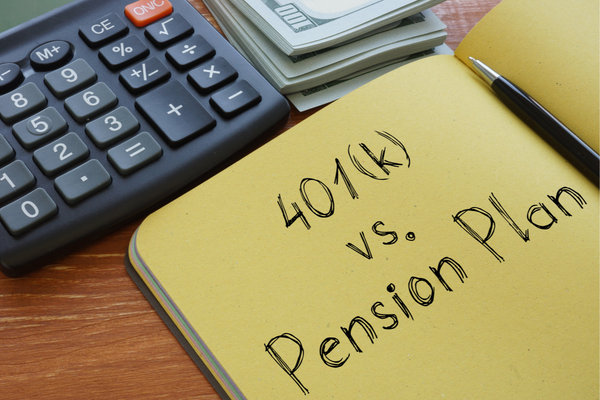
In the early 1960s, American auto manufacturer Studebaker was facing financial difficulties. Once considered a significant player among car makers, Studebaker’s sales were declining. Instead of turning to a different financial model or introducing new products to weather the storm, they turned to their employees’ pension funds.
Studebaker started to underfund its employees' pension plan, which meant the plan's assets were insufficient to cover the promised pension benefits for all employees. As a result, thousands of employees and retirees lost a substantial part of their retirement benefits when Studebaker filed for bankruptcy in 1963. Line workers who gave 40+ hour weeks for decades had nothing to show for it in an instant. That’s when Congress stepped in to save employees' retirement plans.
In 1974, the US Congress passed the Employee Retirement Income Security Act (ERISA), a comprehensive piece of legislation aimed at protecting the interests of employees in private sector retirement and health benefit plans. ERISA introduced several key provisions that had a profound impact on retirement benefits. These provisions included management and reporting standards, vesting rights, and the Pension Benefit Guaranty Corporation, a government agency that safeguarded benefits in case of insolvency.
While ERISA aimed to protect workers' retirement benefits, it had some unintended consequences for employers offering pension plans. Compliance with ERISA's stringent reporting and fiduciary requirements increased administrative burdens and costs for employers. Additionally, the requirement for pension plans to be fully funded created financial pressures, especially during economic downturns.
In response to the challenges posed by ERISA, many for-profit corporations began to shift away from traditional pension plans in favor of 401(k) plans. Unlike pensions, 401(k) plans are defined contribution plans where employees contribute a portion of their salary, and employers may provide matching contributions.
These plans offered two main advantages for employers: cost control and reduced financial risk.
-
Cost Control: 401(k) plans allow employers to shift the responsibility for retirement savings onto employees, reducing long-term liabilities and administrative costs.
-
Reduced Financial Risk: Employers were no longer responsible for guaranteeing a fixed income stream in retirement, as the investment risk was transferred to employees.
While ERISA aimed to protect workers' retirement benefits, it inadvertently encouraged employers to move away from the traditional pension model due to increased regulatory requirements and financial pressures. Since ERISA required corporations to accurately report and fund pension plans, many corporations realized they could no longer afford these plans. As a result, 401(k) plans have become many Americans' primary retirement savings vehicle, emphasizing the importance of individual responsibility in retirement planning. Pensions, however, are still offered by some employers as a retirement benefit.
Government employees were notoriously excluded from the protections of ERISA. As a result, many government agencies still offer defined pension benefits. These pensions are often lofty promises to attract employees since government work is believed to pay lesser salaries than for-profit corporations. Like the employees of Studebaker in the 1960s, government employees today are counting on their pension as their retirement plan.
If Congress thought corporations were bad actors in employee retirement, they should look in the mirror. In 2021, state governments employed more than 5 million Americans (government agencies employ more than 22 million Americans across all levels), most of whom are counting on a pension as their retirement plan. Yet for every $1 of promised pension benefits, the 50 states had only set aside 71 cents on average to fund these promises.
Regardless of your political position, employees deserve the benefits promised to them. However, governments have yet to make plans to fund their employees' pension plans adequately. By underfunding pension benefits, governments are not only putting their employees at risk but also the American taxpayer. Unlike corporations, state governments cannot declare bankruptcy. When a state government’s pension plan reaches insolvency, they will have no choice but to rely on the American taxpayer to bail them out.

